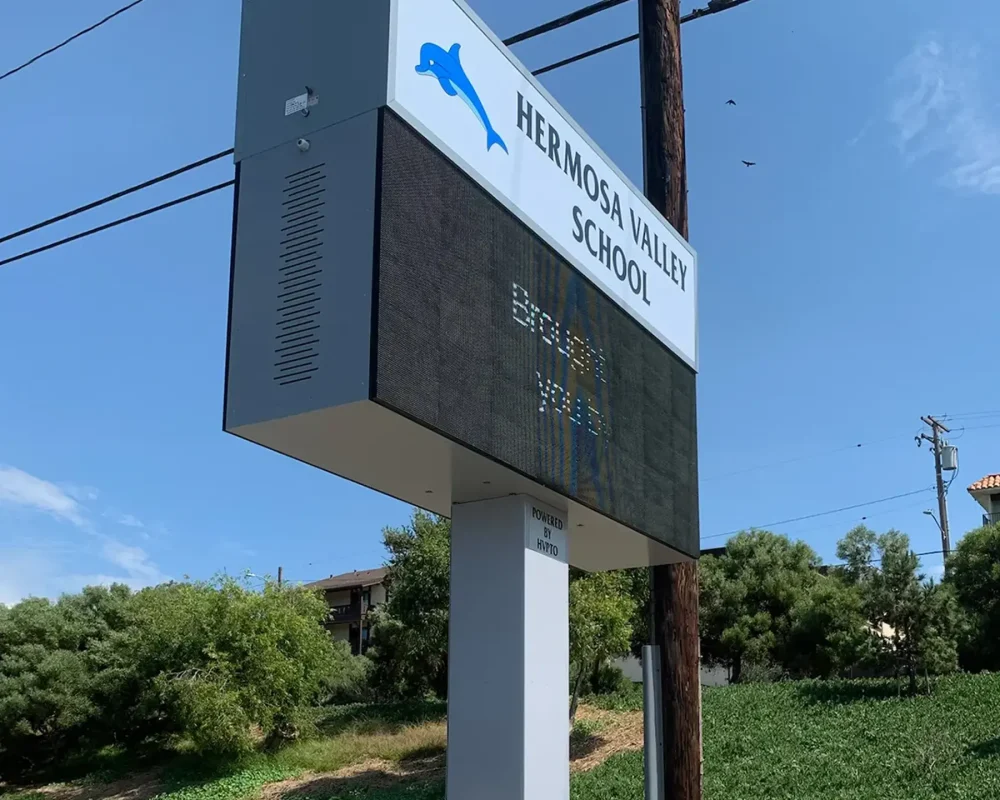The Americans with Disabilities Act (ADA) was passed in 1990 to ensure that people with disabilities have equal opportunities in all aspects of public life, including access to public spaces. ADA signs are crucial to creating an inclusive and accessible environment for people with disabilities. This article will discuss the importance of ADA-compliant signs in public areas, legal requirements for such signage, benefits of having ADA signs, factors to consider when designing them, and finding a qualified partner for signage needs.
Legal Requirements for ADA Signs
The ADA signage requirements mandate specific types of signs that must be used in public spaces. These include signs for permanent rooms and spaces, exits, entryways, directional signs, information signs, and restroom signs. The signage must meet specific size, font, color contrast, and Braille/tactile requirements to ensure readability and accessibility for people with disabilities. Failure to comply with these requirements can result in legal issues and fines.
Benefits of ADA Signs
ADA signs help avoid legal issues and create a safer, more inclusive, and accessible environment for everyone. Proper signage can help people with disabilities navigate public spaces independently, improve their safety and comfort, and promote equality and inclusivity. Furthermore, buildings with proper signage tend to have a better reputation, making them more attractive to potential occupants or visitors.
Factors to Consider When Designing ADA Signs
Several factors must be considered when designing ADA-compliant signs, including materials and color choices, font and size requirements, placement and positioning of signs, and Braille and tactile components. It is crucial to work with an experienced signage partner who understands these requirements and can help ensure that the signs meet legal and accessibility standards.
Finding an ADA Signage Partner
Working with a qualified partner is essential when designing and installing ADA-compliant signs. A reliable and experienced signage partner can help navigate the legal requirements, ensure that the signs meet accessibility standards, and guide the design and installation process. When choosing a signage partner, looking for experience, expertise, and a commitment to customer satisfaction is vital.
In conclusion, ADA signs are critical to creating an inclusive and accessible environment for people with disabilities. Builders and contractors must adhere to the legal requirements for such signage and prioritize accessibility and inclusivity in their projects. By doing so, they can create a safer and more welcoming space that benefits everyone. Contact Resource 4 Signs to have your project’s ADA signs manufactured and installed to the highest quality and compliance standards.15







